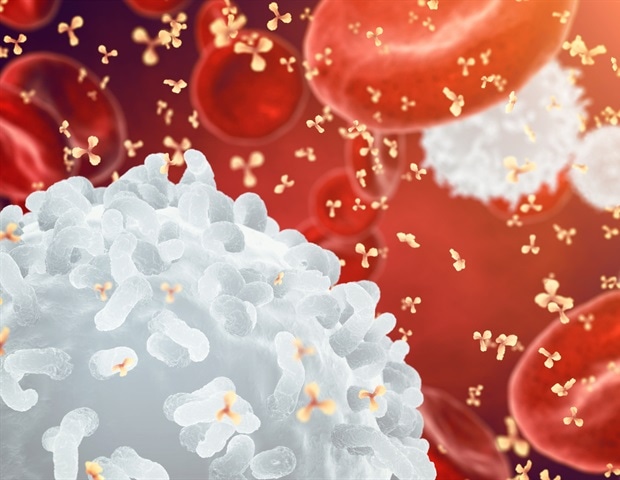In a new study, neuroscience researchers at The Ohio State University have discovered a special type of human white blood cell that has the potential to regrow nerve fibers. The study findings, published in the journal Nature Immunology , mark a significant leap forward in medical science. "Dying nerve cells are typically not replaced, and damaged nerve fibers do not normally regrow, leading to permanent neurological disabilities," said corresponding and senior author Benjamin Segal, MD, professor and chair of the department of neurology at The Ohio State University Wexner Medical Center and College of Medicine.
Segal's team found that bone marrow cells can be transformed into powerful healing agents. By stimulating these cells with specific molecules in the lab, the team was able to turn them into pro-regenerative cells that can help damaged nerve cells survive and regrow. "Our ultimate goal is to develop treatments using these special cells, to reverse damage in the optic nerve, brain, and spinal cord, thereby restoring lost neurological functions," said Segal, who is also director of Ohio State's Neuroscience Research Institute.

Nerve damage from spinal cord, optic nerve or brain injuries, and degenerative neurological diseases such as ALS, Alzheimer's and multiple sclerosis, has long been believed to be permanent. However, four years ago, Segal's team made a breakthrough in mice, sparking hope for millions affected by these conditions. "Our new study shows that patients' .























